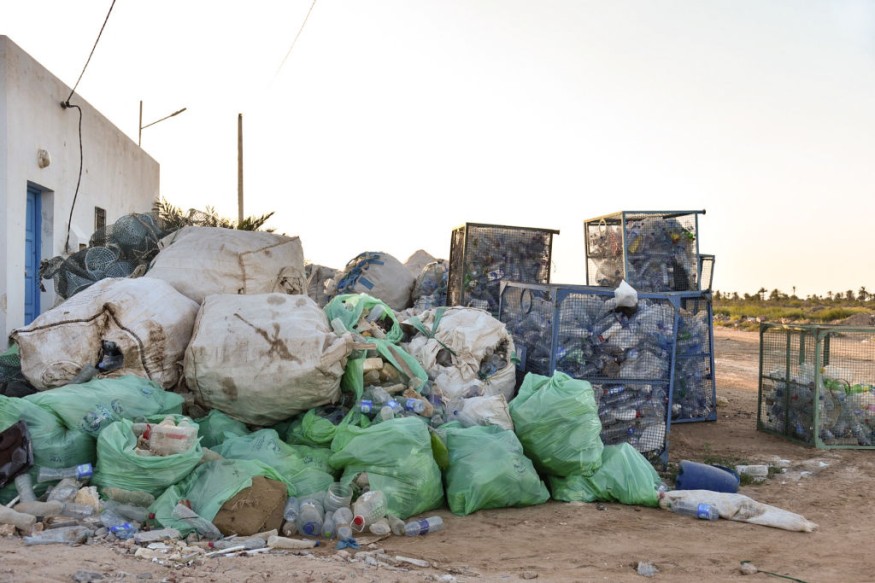
A latest research showed that 116 million tons of plastic wastes have been projected by 2060 in Africa.
Experts warned about the plastic pollution that continues to grow in the continent.
They noted that while the use of plastics is projected to increase in all regions, it grows fastest in Sub-Saharan Africa and Asia.
Because of the strong economic and population growth in Sub-Saharan Africa, plastics use in the area in 2060 is projected to be over six times larger than in 2019.
Experts said that the strong economic growth in India could also lead to a more than five-fold increase in plastics use. Furthermore, in India and other fast-growing Asian economies plastics use grows as output increases in sectors that rely on plastics use, such as the production of motor vehicles and business services.
Projected Increase In Plastics
According to the Global Plastics Outlook, the projected increase in plastics use is mostly driven by economic growth, which means that more economic activity translates to more use of plastics, in production and consumption.
With global GDP more than tripling between 2019 and 2060, the effect of this is very strong. Experts noted that while rising income levels lead to a rapid increase in plastics, other socio-economic factors also increase the use of plastics.
On the other hand, population growth also leads to an increase in plastics use. However, its effect is limited because per-capita plastics use is relatively low in the regions with the fastest population growth, most notably Sub-Saharan Africa.
This growth in plastics use will be moderated by changes in the structure of the economy, most notably a shift towards services, and the use of more efficient technologies in production processes, which lower the amount of plastics used per dollar of output of plastic-using commodities.
According to Rich Gower, senior economist at Tearfund, the signs of environmental breakdown are present around the public, but the UN treaty has the potential to curb the plastics crisis and improve the lives of billions of people.
All in all, the packaging, construction and vehicles, which include vehicles for all transport sectors as well as other transport equipment, and marine coatings linked to the production and maintenance of ships, currently account for more than 60% of total plastics use.
"By 2060, plastics use is projected to increase for all applications, following increases in production levels across the economy. Plastics use for the production of vehicles increases most, reflecting a rising demand for transport equipment as economies develop," the study noted.
Increasing digitalization and electrification also sees plastics use increase for electrical and electronic products, the study indicated.
While the services sectors have a relatively low plastics intensity or the amount of plastic per unit of output), the servitization of economies will mean that the services sector will account for the largest share of plastics use.
This is reflected in the increase of plastic products frequently used in service sectors, such as packaging and consumer products, such as takeaway food containers, health care and medical products, art supplies, credit cards and luggage.
Read Also : Plastic Pollution: US Government Finalizes Plan to Phase Out Single-Use Plastics in Public Spaces
Health Risks
Plastic pollution has various negative impacts on health in Africa, affecting both human populations and ecosystems.
Experts said that plastic waste, particularly single-use plastics and microplastics, can contaminate freshwater sources such as rivers, lakes, and groundwater.
This pollution can lead to the consumption of microplastics through contaminated drinking water, potentially posing risks to human health.
Further, plastic can end up in the food chain.
© 2025 NatureWorldNews.com All rights reserved. Do not reproduce without permission.




